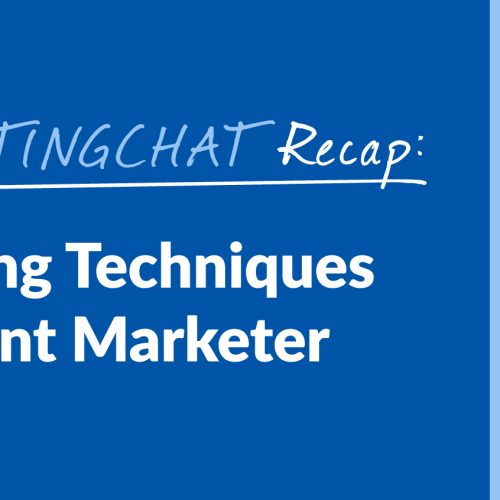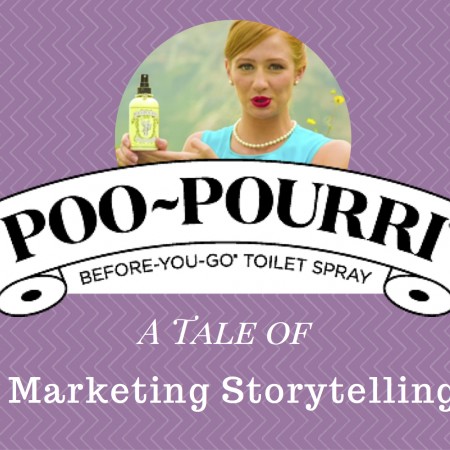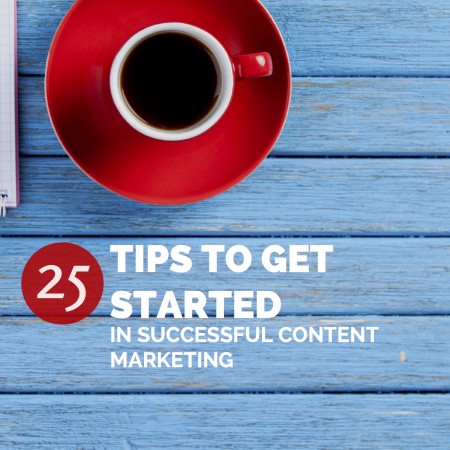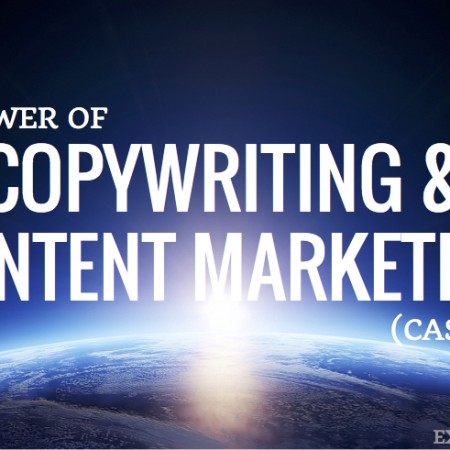#ContentWritingChat Recap: Leadership & the Future of Marketing with Gene Petrov
For this round of #ContentWritingChat, it’s all about leadership and marketing! It doesn’t matter if you’re building (or working for) a large or small company… Leadership is still crucial for keeping a team together and ensuring you’re able to experience big results. And of course, you have to get smart with your marketing strategies if you want to be seen online! So, how exactly do these two things overlap? And what does it mean for you? That’s what you’re going to learn in this recap. #ContentWritingChat Recap: Leadership & the Future of Marketing with Gene Petrov Welcome to a brand new #ContentWritingChat, friends! ??@GenePetrovLMC is in the guest hosting seat for a second time. We’re thrilled to have him back to talk about leadership and the future of marketing! ? Make sure you give him a warm welcome! pic.twitter.com/B3uFcN6ib8 — Express Writers (@ExpWriters) February 5, 2019 Our guest host for this month’s chat was Gene Petrov. Gene is an active member of the #ContentWritingChat community and this was his second time stepping in as our guest host. As a leadership coach for marketers, he had tons of valuable advice to share with us, so let’s dive into all the tips! Q1: What role do you think leadership plays in marketing? To kick off the chat, we wanted to get everyone to share their thoughts on leadership and its role in marketing overall. How important is it? What does it actually mean for all of us? Well, here’s what you need to know: A1a. Leadership plays a critical role in marketing. In bigger companies, you will see a specific CMO position. They ensure alignment among marketing, sales, and operations. This alignment helps the company achieve its vision, strategy, and goals. #ContentWritingChat — Gene Petrov – Leadership & Soft Skills #SMMW19 (@GenePetrovLMC) February 5, 2019 A1b. The CMO sets the standard for marketing. What kind of marketing do they encourage? Do they abide sleaziness & in your face marketing tactics? Do they aim for community building & serving others? They also ensure the team has opportunities to grow. #ContentWritingChat — Gene Petrov – Leadership & Soft Skills #SMMW19 (@GenePetrovLMC) February 5, 2019 Gene knows leadership is critical when it comes to marketing. As he pointed out, many bigger companies will have a position specifically dedicated to this to keep things in line when it comes to marketing, sales, and operations. A1c. In smaller companies, there isn’t a CMO. Leadership still needs a fundamental understanding of marketing. They need to know how it affects the rest of the organization. Marketing is part of the engine of growth. It is an investment and not a cost center. #ContentWritingChat — Gene Petrov – Leadership & Soft Skills #SMMW19 (@GenePetrovLMC) February 5, 2019 But even if you’re running or working at a smaller company, leadership is still fundamental. It’s an investment that’s going to impact your organization overall and really keep things running smoothly. A1d. This is all internal leadership. There is also external leadership. How is marketing creating a connection, developing relationships and nurturing a community? #ContentWritingChat — Gene Petrov – Leadership & Soft Skills #SMMW19 (@GenePetrovLMC) February 5, 2019 You also have to think outside of leadership within your team, and think about your audience as well. As Gene said, you need to consider how your marketing efforts are working. Are they helping you to create a connection with your audience, develop relationships with them, and nurture your community? A1: If you don’t consider marketing itself leadership, then you need to take a step back. Marketers share the info, communicate constantly, and represent brands and people. Being able to lead a team or just yourself is essential. #ContentWritingChat — Click Ctrl Marketing (@ClkContrl) February 5, 2019 Whether you’re managing a team or it’s just you, being able to lead is still an essential skill. Marketers need to be able to share information, communicate constantly, and effectively represent brands and people. A1: As with any aspect of being in business, leadership is oh-so-important. Good leaders not only educate, help, and encourage others; they lead by example: i.e., marketing leaders don’t just talk the talk, they walk the walk.#contentwritingchat https://t.co/Gr4yWDMpn9 — ThinkSEM (@ThinkSEM) February 5, 2019 Sarah was spot-on with her answer. As she said, good leaders educate, help, and encourage others, while also leading by example. A1: Leadership plays a large role in marketing. Because marketing isn’t so cut-and-dry (there isn’t one answer in most scenarios), proper leadership can ensure that everyone is being heard and opinions/ideas are well organized and executed #ContentWritingChat — Tamara (@itstamaragt) February 5, 2019 With proper leadership, Tamara said it will ensure everyone on the team is being heard and that everything is going to be organized and executed correctly. Q2: What are the basics of leadership? If you want to be a great leader yourself, you have to know the basics! These tips are going to help you out with that: A2b. Communication (and especially listening) is huge as a leader. This site has a great list of soft skills: https://t.co/R3LYxFLgUf Some of my favorites are coaching, mentoring, and team building. The leader is actively engaged in these areas every day. #ContentWritingChat — Gene Petrov – Leadership & Soft Skills #SMMW19 (@GenePetrovLMC) February 5, 2019 A2c. The leader creates an atmosphere where the team feels safe. They learn and grow without worrying about their job security. A good leader is a kind teacher and looks for those teachable moments. #ContentWritingChat — Gene Petrov – Leadership & Soft Skills #SMMW19 (@GenePetrovLMC) February 5, 2019 Gene feels communication is one of the basics of leadership. He also mentioned some other skills he feels are important, such as coaching, mentoring, and team building. Not only that, but he thinks a leader should create an atmosphere in which a team feels safe. A2: Listening, providing guidance, providing ethics for an organisation. #contentWritingChat — Tim Lewis @ Stoneham Press (@StonehamPress) February 5, 2019 A great leader will listen, provide guidance, and be ethical. … Read more









